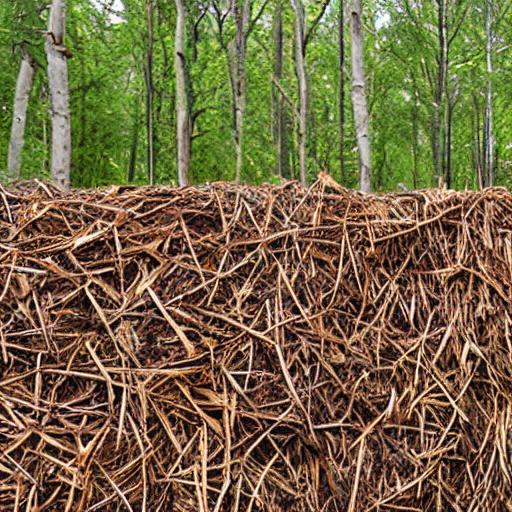The use of biomass is frequently cited as a renewable alternative to fossil fuels and is hailed by many experts as being essential to the fight against global warming. In addition to storing carbon, biomass can be converted into bio-based goods and energy that can be used to clean wastewater, enhance soil quality, and create renewable feedstock.
However, it has been difficult to produce on a wide scale due to financial limitations as well as difficulties in optimizing and managing biomass conversion.
In a recent study, industrial ecology and sustainable systems assistant professor Yuan Yao at Yale School of the Environment and doctoral candidate Hannah Szu-Han Wang examined machine learning applications for biomass and biomass-derived materials (BDM) to ascertain whether machine learning is advancing the study and creation of biomass products. The potential of BDM to develop is constrained by the lack of machine learning application over the whole life cycle, according to the study’s authors.
Yao’s study focuses on the bioeconomy and sustainable production and examines how new technologies and industrial development will influence the environment. During her master’s research, Wang engaged in the biomaterials manufacturing process. The goal of the study, according to the two researchers, is to determine whether machine learning can assist with best practices for developing BDM, a key element of a bio-based economy, as well as forecasting their performance as sustainable materials.
The mix of biomass feedstock, conversion methods, and BDM applications is extremely diverse. It will take a lot of time, work, effort, and energy to attempt every combination using the conventional trial-and-error experimental approach. They are exploring if machine learning can be used to help them determine how to create BDM more effectively because they currently produce a lot of data from their previous tests. Yao clarifies.
Yao and Wang examined more than 50 papers published since 2008 for the study, which was published in Resources, Conservation and Recycling, to better understand the potential of machine learning for advancing BDM applications and sustainable development while also identifying its current and future limitations. The researchers discovered that while a small number of studies used machine learning to solve data issues for life cycle assessments, the majority of studies solely used it to forecast and improve the technical performance of biomass conversion and uses. None examined the full lifecycle of machine learning applications, from biomass generation to BDM manufacture and end-use applications.
The majority of studies only use machine learning for a relatively tiny portion of the BDM lifecycle, according to Yao. They contend that if sustainability is to be effectively included into the creation of this material, it is necessary to take into account every stage of the material’s lifecycle, from its production through any potential environmental effects. They think machine learning has the potential to help design for materials made from biomass in a sustainable way.
According to Wang, the discovery has prompted additional investigation into data shortages in machine learning for materials made from biomass.
They discovered a potential course of action for BDM sustainability assessments that has not before been investigated. In order to improve the comprehension of how diverse BDM-related elements interact and contribute to sustainability, a comprehensive pathway prediction is required, she claims.








